
7 iconic cacti and succulent plants
for a dry, exotic garden!
Contents
Cacti and succulent plants have exceptional resistance to heat and drought. Their morphology allows them to store water and mineral nutrients in their tissues, enabling them to withstand long periods of drought. They are generally rather tender and are usually grown in pots so they can be sheltered in winter, although some species are hardy and can readily be planted in the ground. The latter do well in a rockery or a Mediterranean-style border. Offering a great diversity of shapes depending on variety, cacti and succulents are indispensable for bringing a very exotic touch to the garden! For them to thrive fully, we recommend planting them in a sunny spot sheltered from cold winds, in a well-draining substrate (for example garden soil mixed with gravel or coarse sand). Also remember to protect them from damp in winter. Here we present seven varieties of cacti and succulent plants among the most emblematic!
Aloe Safari Sunrise
Aloe ‘Safari Sunrise’ is a charming succulent plant offering superb flowering in spikes, made up of tubular flowers of cream‑orange colour. It is a recent selection developed in South Africa. This variety has advantage of being very floriferous. Flowering occurs at end of winter and lasts for more than two months. Its warm hues and exotic appearance are much admired! It is a small plant, not exceeding 30 cm in height, with very thin, elongated dark‑green leaves. The lamina margin bears small teeth. This aloe is fairly tender, however: it does not tolerate temperatures falling below -5°C.
For more information, discover Michael’s article on our blog, Aloe Safari Sunrise: a compact, elegant and ultra floriferous succulent plant! as well as our factsheet Aloes: planting, growing and care
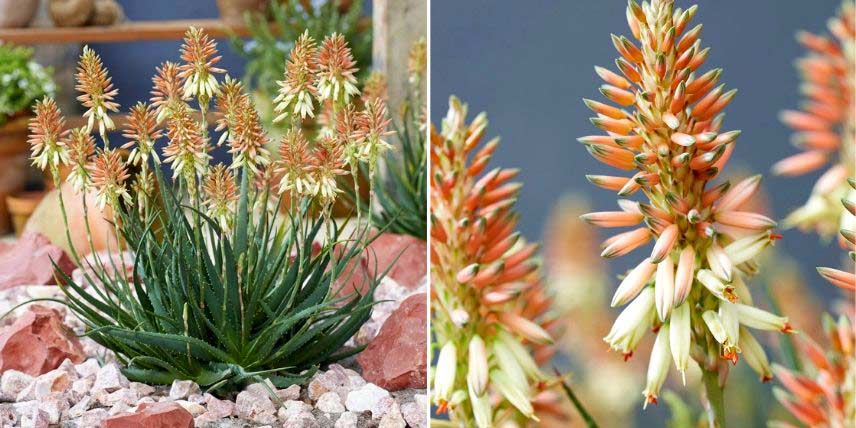
Aloe Safari Sunrise offers superb orange flowering
Read also
Aloes: planting, growing and careAgave Mediopicta Alba
Agave ‘Mediopicta Alba’ is a horticultural variety of Agave americana, notable for its superb variegated foliage, with dark green-blue leaves contrasted by a broad white central stripe. It grows fairly slowly and can reach up to one metre in every direction. Its imposing, exotic silhouette is much admired. Relatively hardy, it tolerates down to -10°C in well-drained soil! Like other agaves, it is semelparous: it takes a long time to flower and flowers only once before dying. It then produces a large flowering spike, very imposing and decorative, after which the rosette that bore it dies. However, in most cases it will have previously produced several rosettes that take over, allowing this variety to persist in the garden.
For everything about agaves and how to grow them, consult our sheet Agave: planting, growing and care
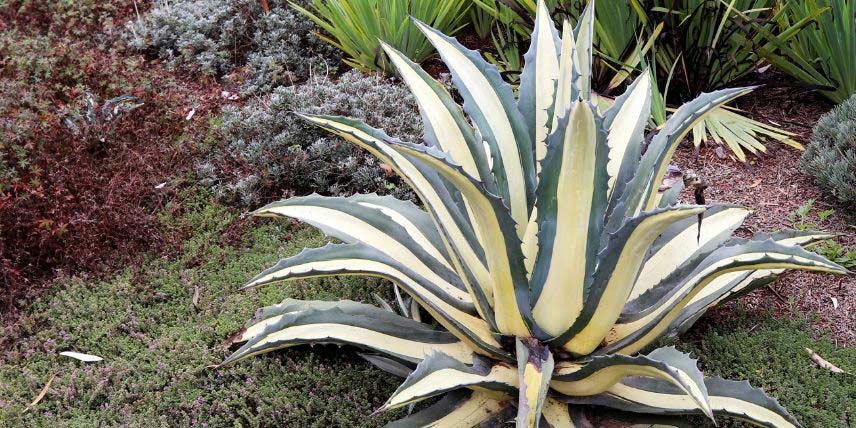
Agave ‘Mediopicta Alba’, a striking, distinctive succulent plant thanks to its variegated foliage! (photo Don McCulley)
Discover other Cacti and succulents
View all →Available in 0 sizes
Available in 1 sizes
Available in 1 sizes
Available in 1 sizes
Available in 1 sizes
Available in 1 sizes
Available in 1 sizes
Available in 1 sizes
Available in 1 sizes
Available in 1 sizes
Delosperma Wheels of Wonder Fire
Variety ‘Wheels of Wonder Fire’ is a Delosperma, or perennial purslane, offering a dazzling, very bright flowering!
Flowers have numerous long, narrow petals, red‑orange on the outside, turning yellow towards the centre, and surround a cluster of yellow stamens. This creates a lovely gradient of warm, vivid hues!
Leaves, meanwhile, are green, elongated and fleshy, allowing it to store water and resist drought.
Like other Delosperma, it has a spreading habit and spreads easily, its creeping stems able to root on contact with soil.
It is a moderately hardy plant; it does not tolerate temperatures below -8°C. We recommend planting it on a low wall or rockery, alongside, for example, sedums, sempervivums and Campanula muralis. You can also plant it alongside other Delosperma varieties offering pink, white, yellow flowers…
Discover also our fact sheet Delosperma, perennial purslane: Plant and grow
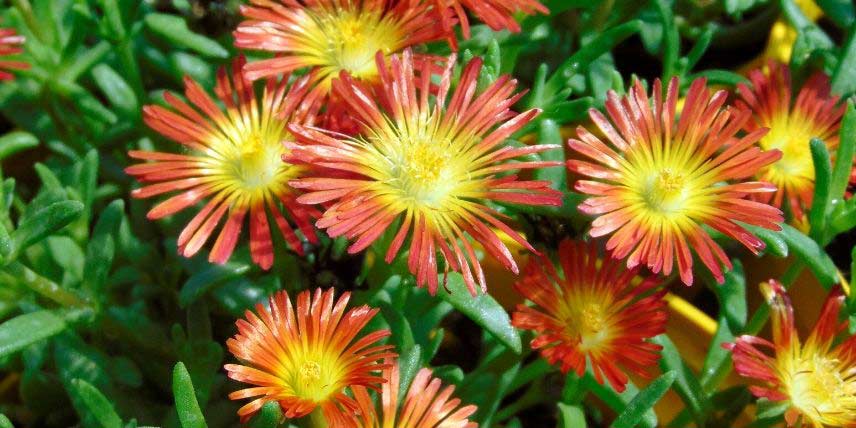
Delosperma ‘Wheels of Wonder Fire’ bears lovely flowers in warm hues
Read also
Agave: planting, growing, and caring forOpuntia compressa Millevaches
Opuntia compressa ‘Millevaches’ is one of the opuntias, also called prickly pear cacti, but this variety stands out for its small size, not exceeding 30 cm tall. It has a prostrate, almost creeping habit. Its flattened stems, taking the form of prickly pear pads, are bluish-green. A cousin of the prickly pear, it produces yellow flowers in May–June, followed by edible dark red fruits. It also has the advantage of being completely hardy, tolerating down to -15°C! This opuntia has no true thorns but bears glochidia, tiny prickles. Plant outdoors, for example in a rockery or an exotic or Mediterranean-style garden, alongside other drought-tolerant plants: agaves, sedums, delosperma, euphorbias, lavenders…
For more information on growing opuntias, discover our factsheet Opuntia, prickly pear cactus: planting, cultivation and care
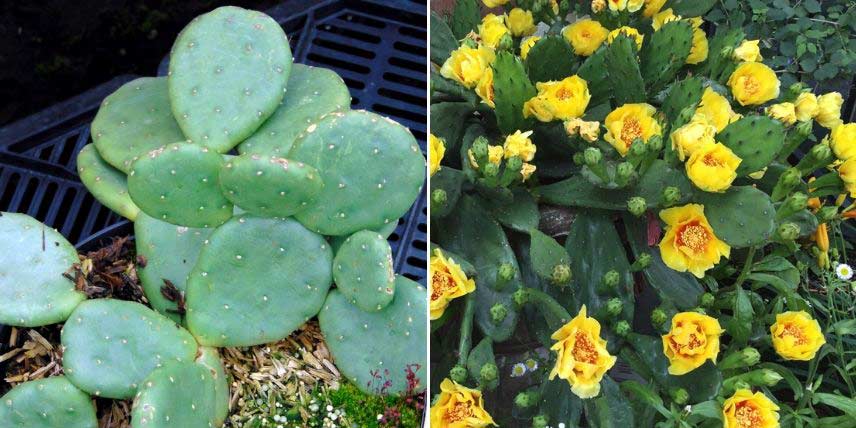
Opuntia compressa ‘Millevaches’ is a small cactus with flattened stems that produces beautiful yellow flowers in spring
Aloe polyphylla
Aloe polyphylla is a striking Aloe that forms an extremely graphic rosette, with imbricate leaves forming several spirals. It reaches up to 40 cm in diameter and 30 cm in height. Leaves are bluish-green, triangular and nicely tapered to a point at the tip. They also bear small white thorns on the edge of the lamina. The geometric habit of this Aloe is particularly appealing, with spirals that follow one another in a very regular pattern. In summer it produces an erect flowering stem, which ramifies into several spikes of orange flowers. It is fairly hardy, tolerating down to -10 °C. You can site it in a rockery or grow it in a pot. This species is native to Lesotho, where it is unfortunately endangered in its natural habitat.
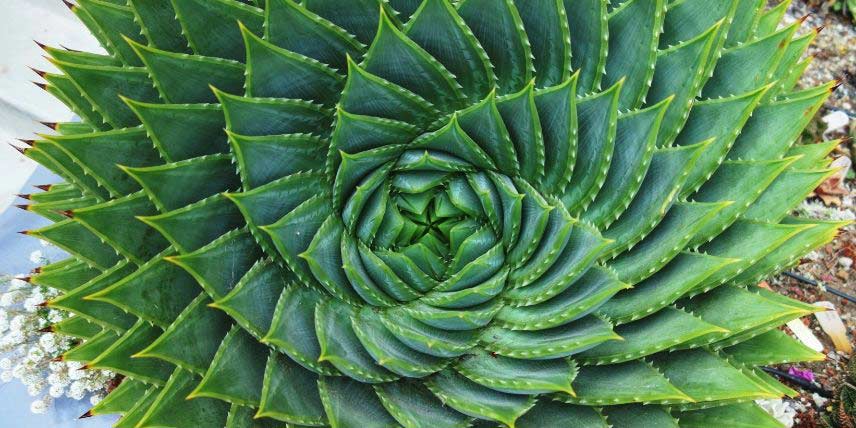
Aloe polyphylla forms a superb spiralled rosette
Echeveria lilacina
Native to Mexico, Echeveria lilacina forms elegant rosettes of imbricate leaves, covered with a grey-violet bloom. Rosettes are fairly compact and do not exceed 30 cm in height. They are made up of fairly broad fleshy leaves. This Echeveria produces in spring, in May–June, long erect stems bearing clusters of orange bell-shaped flowers, nodding towards the ground. It tolerates down to −5 °C. Ideal plant to install in a Mediterranean rockery or in a pot. Perfect for creating a composition alongside other succulent plants such as Sedums or Aeoniums, or with other varieties of Echeveria. Can be propagated by leaf cuttings or by removing offsets produced beside the main rosette.
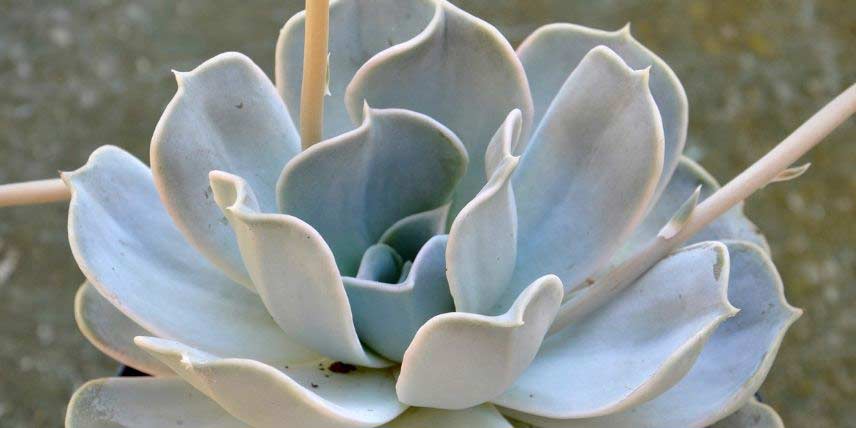
Echeveria lilacina, a succulent plant forming bluish-grey rosettes (photo JM Moullec)
Mammillaria perbella
Mammillaria perbella is a charming small globular cactus with a very rounded habit. It is native to Mexico where it grows at altitude, between 1,500 and 2,800 metres in semi-desert regions. In cultivation, it rarely exceeds 10 cm in height. It bears short, dense, white needles that are highly decorative. They resemble bristles and are arranged in a star pattern, spreading to cover the stem very regularly. It can become ramified to form several rounded stems. In spring (May–June) it produces lovely small pink-red flowers about one centimetre in diameter, generally arranged in a spherical crown around the top of the stem. It is frost-tender and, outside Mediterranean basin, it will need to be grown in a pot and taken indoors for the winter. Discover our advice sheet to to grow a cactus in a pot and learn how to water it.
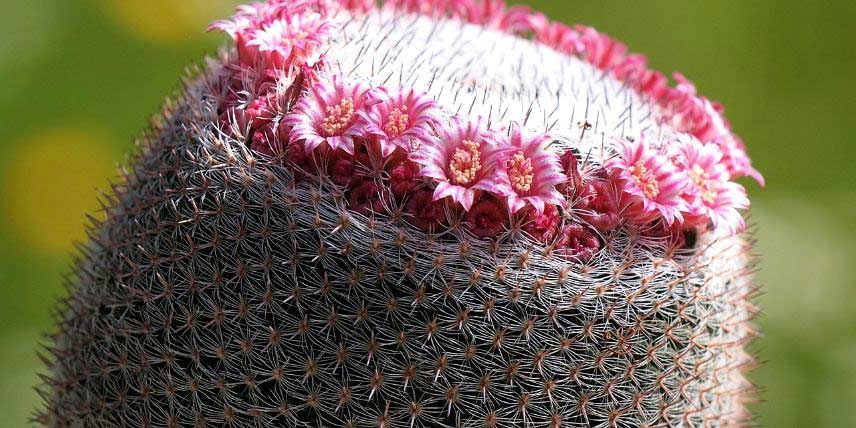
Mammillaria perbella is a small cactus covered with small white thorns that produces lovely pink flowers in late spring (photo Dornenwolf)
For more information
Discover everything you need to know about growing them in our comprehensive guides:
-
- Outdoor cacti and succulents
- Indoor cacti and succulents
- Subscribe!
- Contents
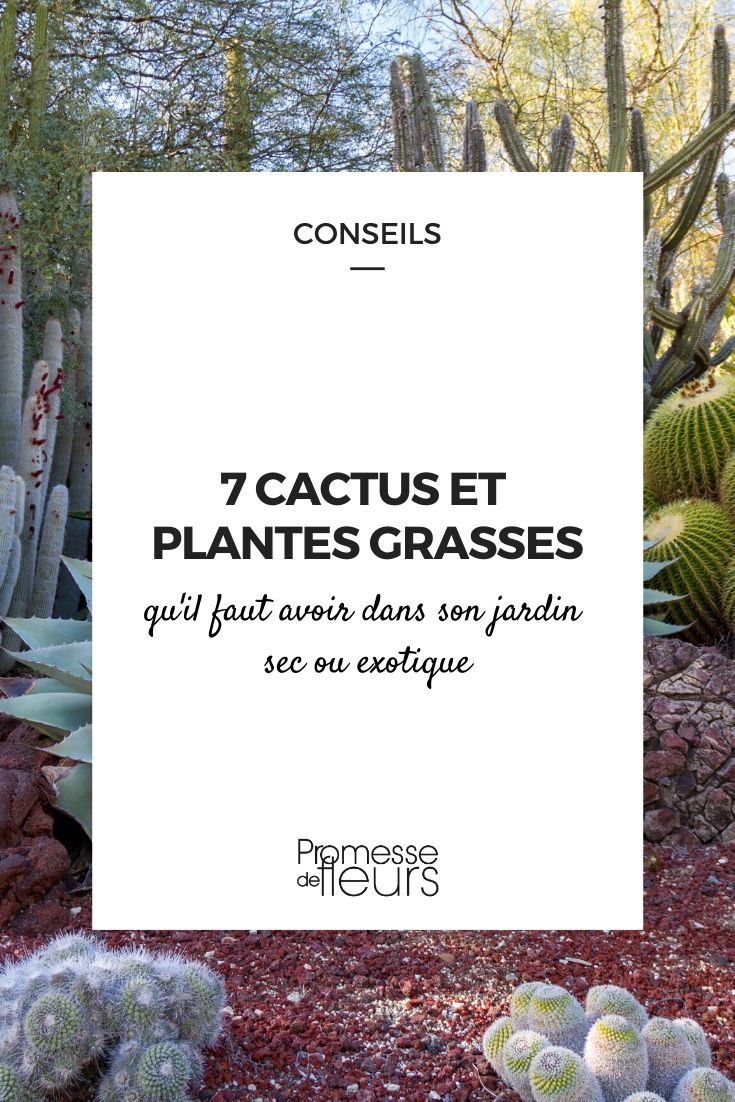































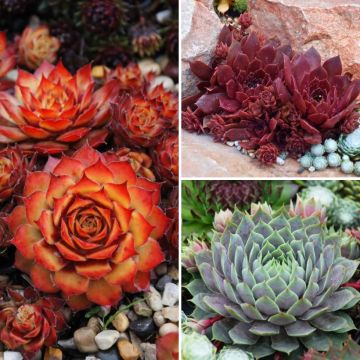
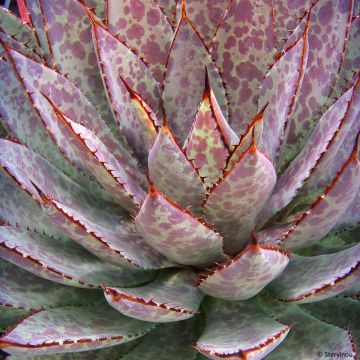
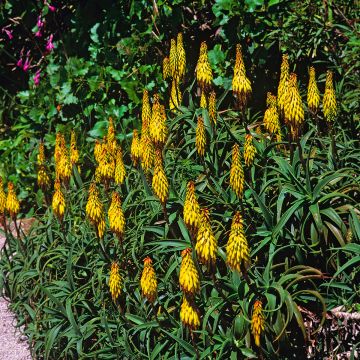
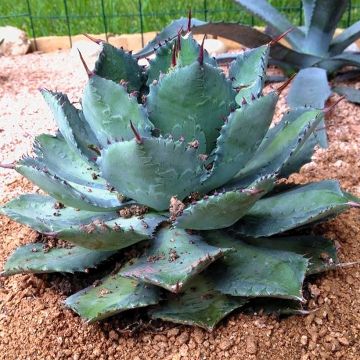
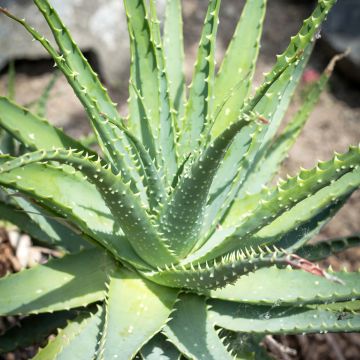
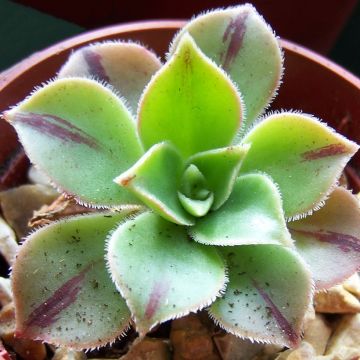
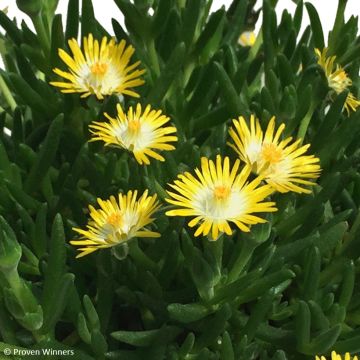
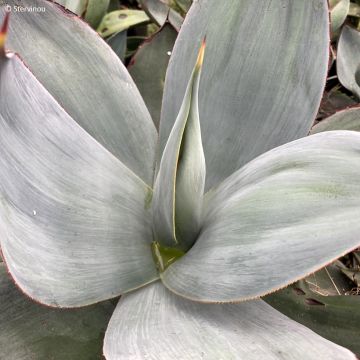
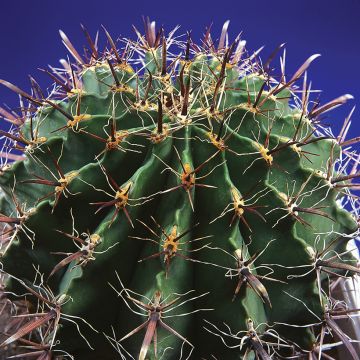
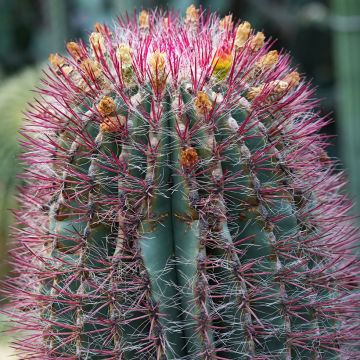
Comments